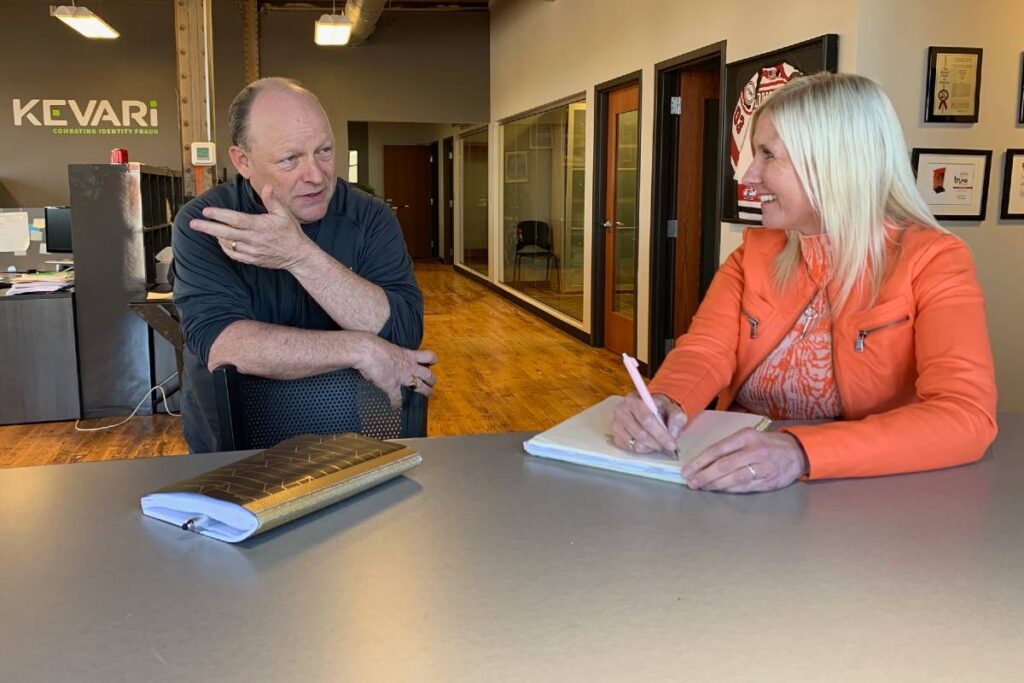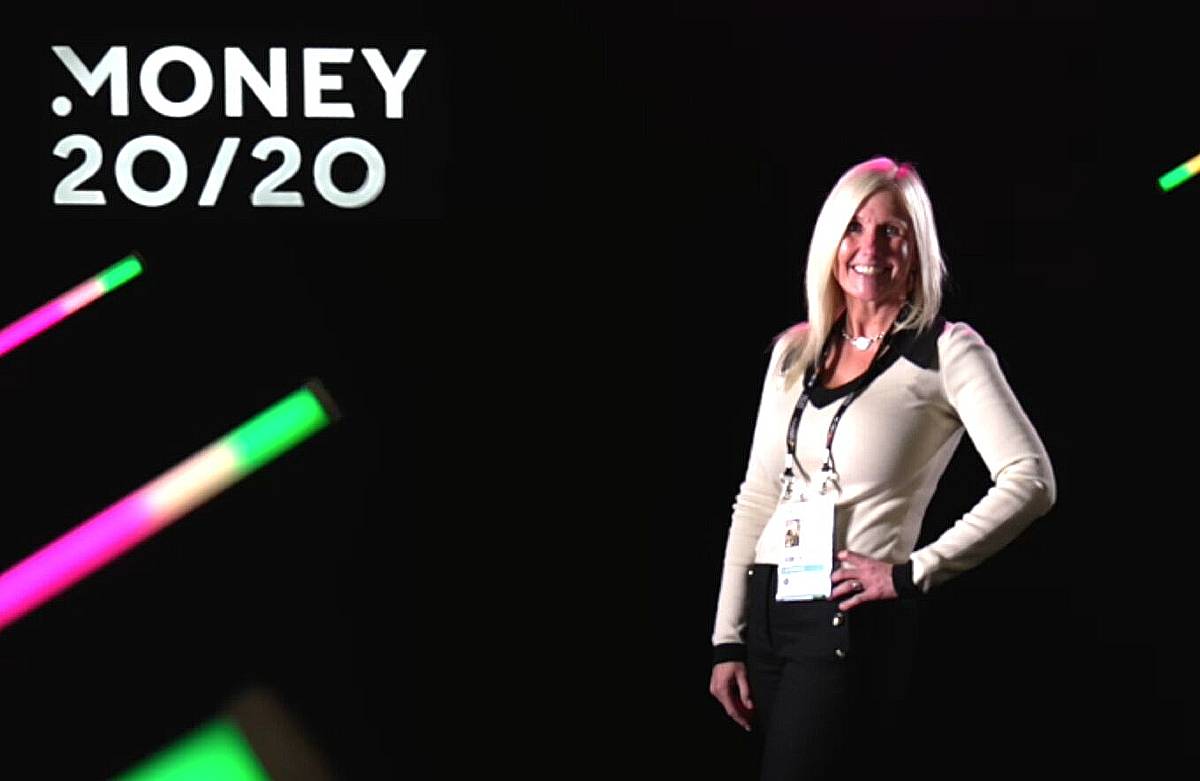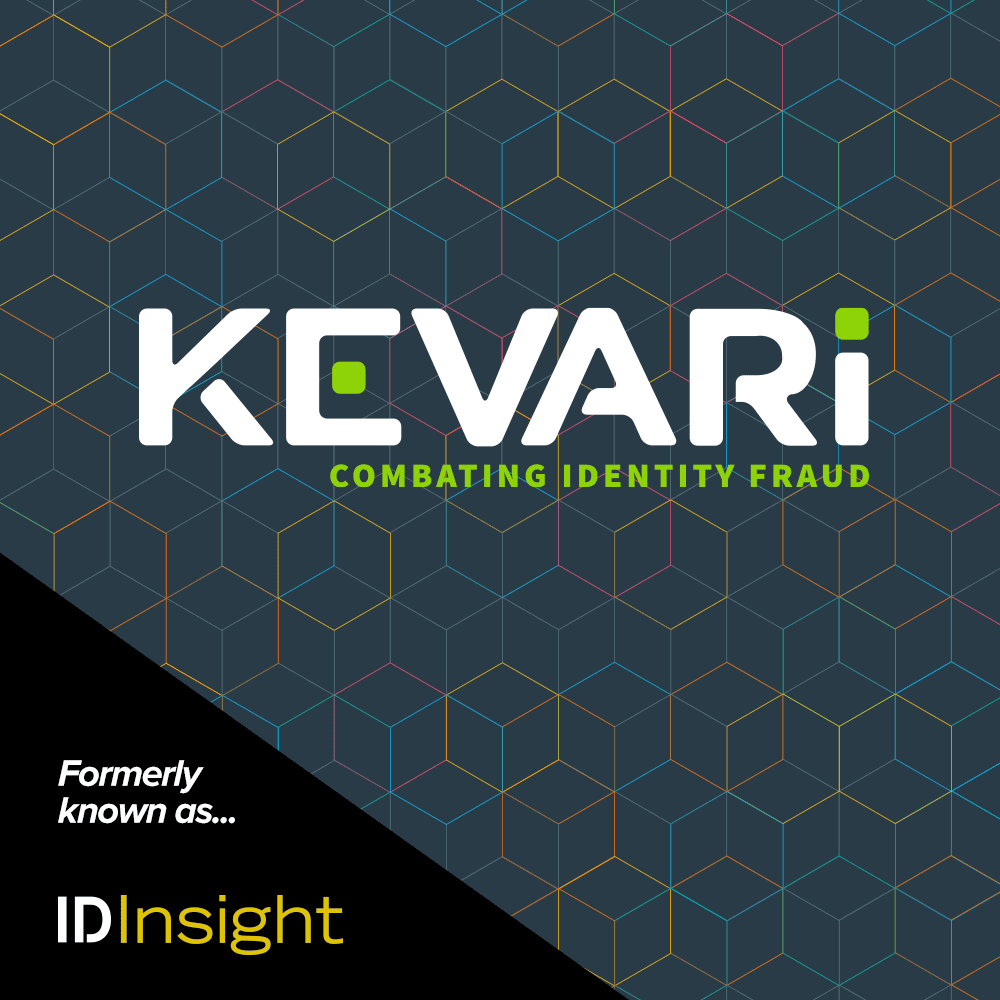Working in the fraud-fighting industry, I’m a big believer that new insights and ideas need to be shared beyond our own companies if we are to successfully tackle current and emerging fraud challenges.
In the first of my series of interviews with fraud-protection industry leaders, I spoke with Kevari CEO Adam Elliott (who’s also my boss). We discussed everything from the repeated use of stolen credentials across multiple financial institutions to how input from fraud investigators is being used as fuel for machine-learning algorithms.
What is the biggest challenge facing fraud and identity solution providers today?
Adam: There are several challenges, but a significant one is the repeated use of identity credentials across multiple businesses and industries. We have to solve this in order to materially reduce identity fraud and synthetic fraud.
To give you some perspective, on our network we recently saw the same group of credentials used across 57 different financial institutions in a matter of days. If these credentials were used that often in the financial services space, it is worrisome to think of how often they may have been used in other sectors of the economy.
We also face the challenge of continually enhancing our data networks, analytics, and artificial intelligence (AI). (The days of “match/no match” decisions are gone!) To remain competitive, providers – regardless of niche or target market – must be able to assess the interrelationships and interactions among millions of seemingly unrelated data points, whether those are related to personal identifying information, or monetary transactions, or non-monetary transactions, or all of the above.
On the subject of AI, providers are still working towards operationalizing machine learning (ML). In our case, we took a very deliberate approach to building our software in such a way that input from fraud investigators can automatically be leveraged to fuel our supervised ML algorithms. In an ideal world, all financial institutions would participate in the network, creating no potential for repeat offenders to hide.
What is the biggest opportunity facing solution providers?
Adam: Given the challenges solution providers face, I believe that industry partnerships present an excellent opportunity. Each solution provider has something valuable to offer its clients – it wouldn’t be in business if that weren’t the case. However, I think there are ways for us to partner with each other to put more fraudsters out of business and provide better security for businesses and their customers. Maybe our company’s proprietary data and networks could enhance your solution, while your network or biometric application could enhance ours. I think as a fraud-fighting industry, we should be more open and willing to collaborate for a common good.
As CEO of Kevari, what is one of your primary objectives right now?
Adam: I am extremely focused on solving for the repeated use of stolen credentials across financial institutions. We’re alerting institutions to this velocity – this fraud signal – and giving investigators the tools to investigate immediately. As a company, we want to do even more with our supervised ML algorithm that predicts when a credential presented to an institution has a high likelihood of being repurposed.
To that end, we’ve started talking to complementary fraud-fighting companies – even those we previously considered competitors – to see if we can partner to enhance this capability. If we can solve the problem of repeated use of credentials across financial institutions, perhaps partners can bring the solution to other markets, like retail, telecommunications, or loyalty. That would go a long way in putting fraudsters out of business.






